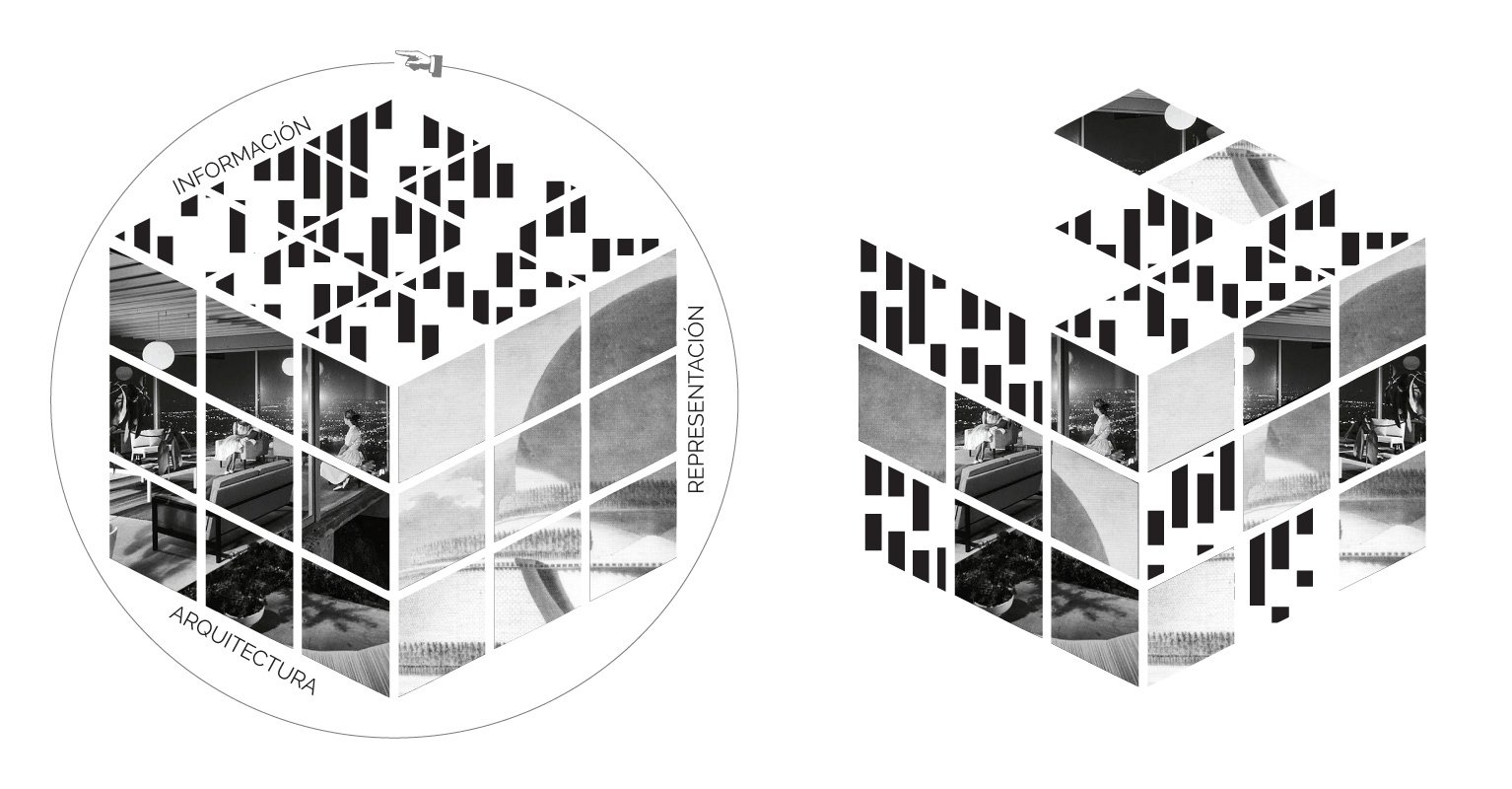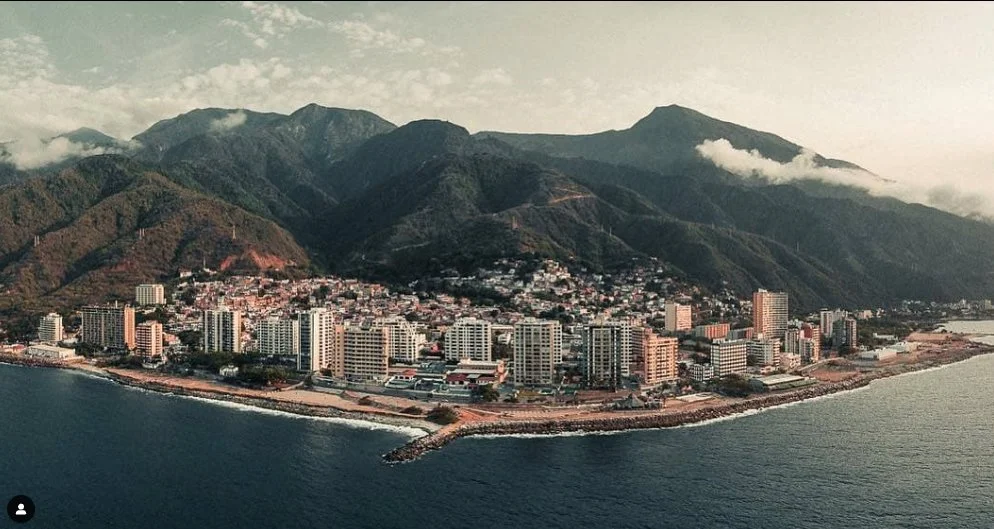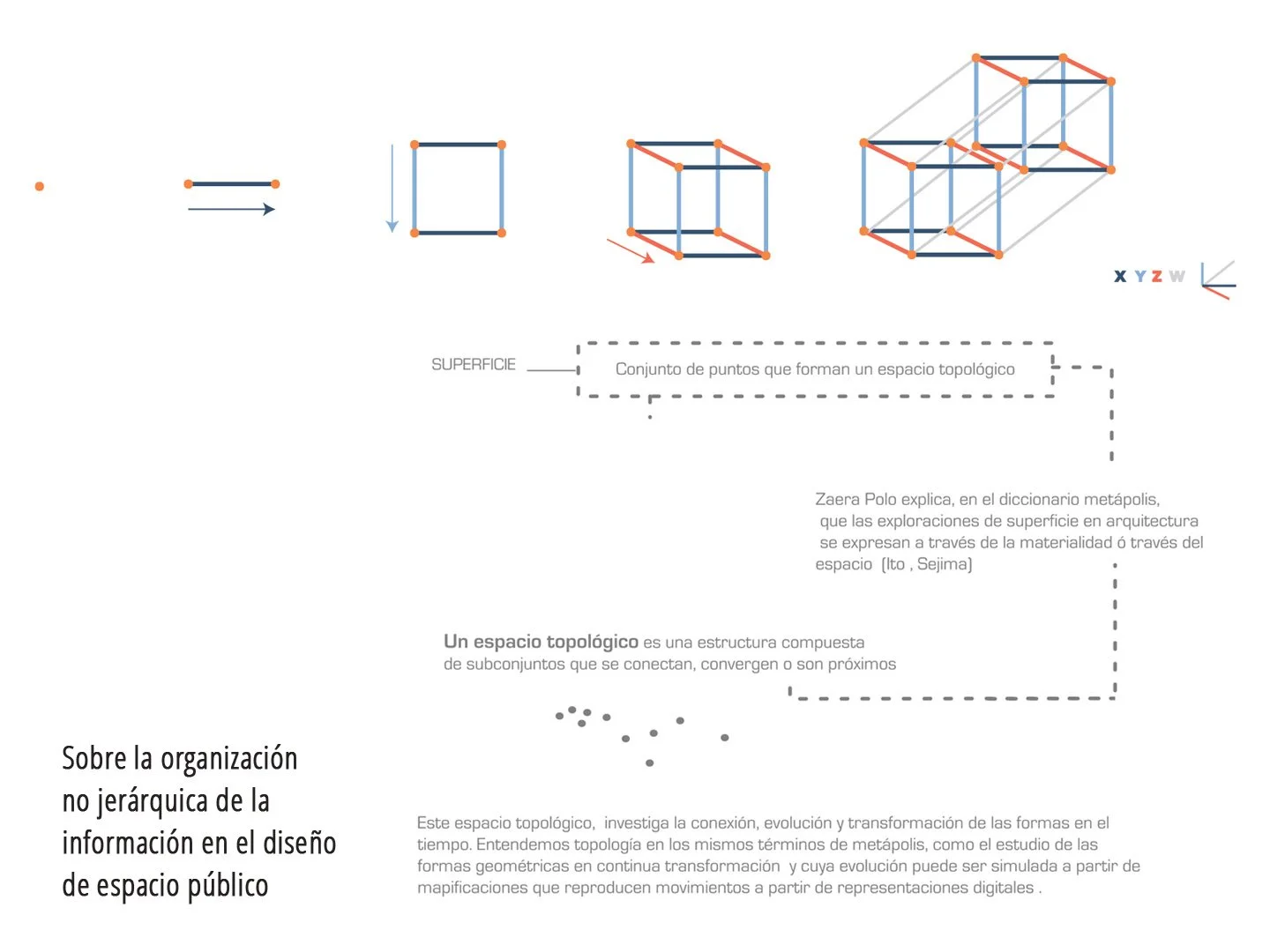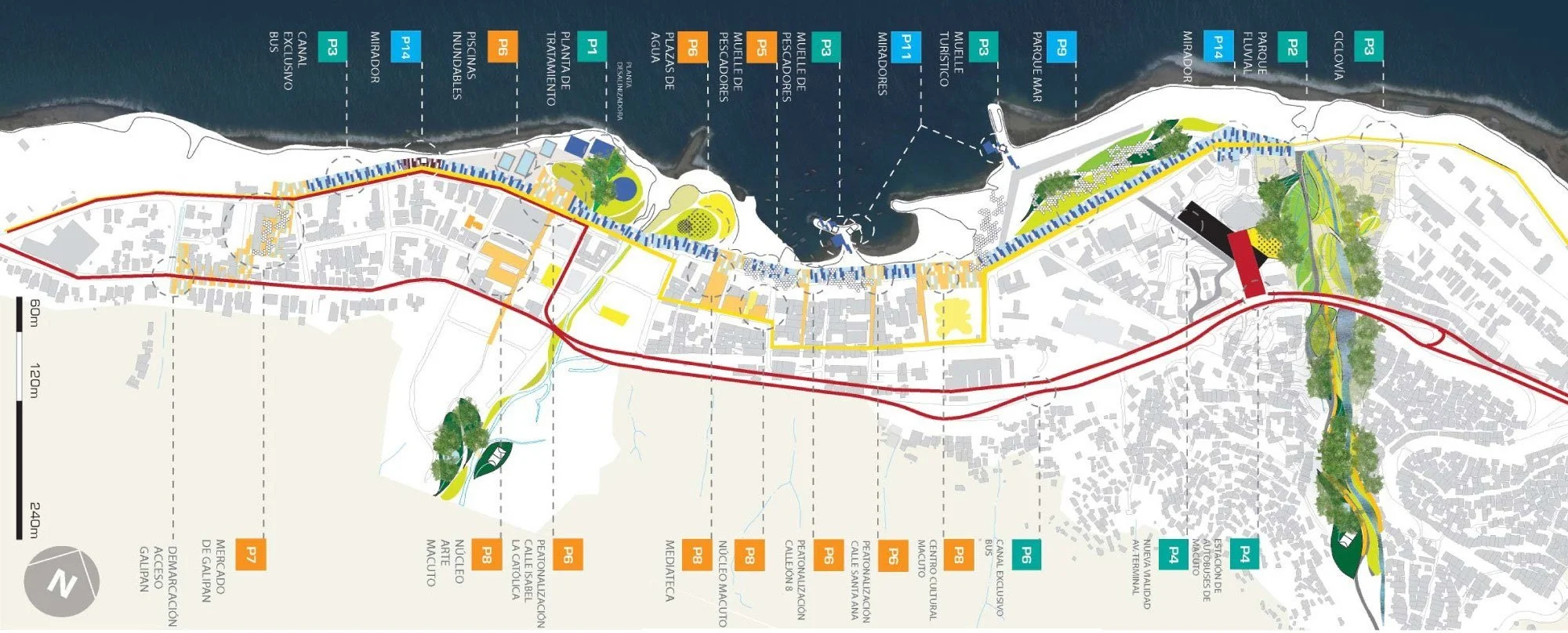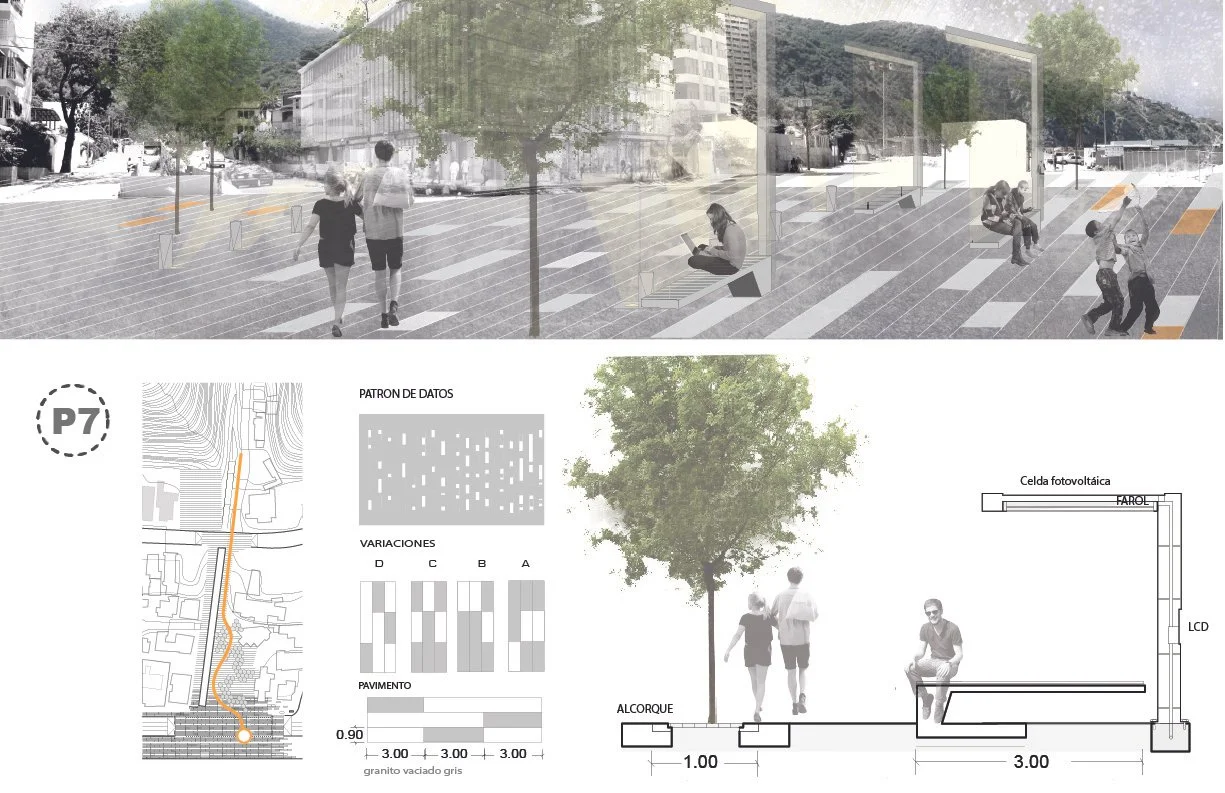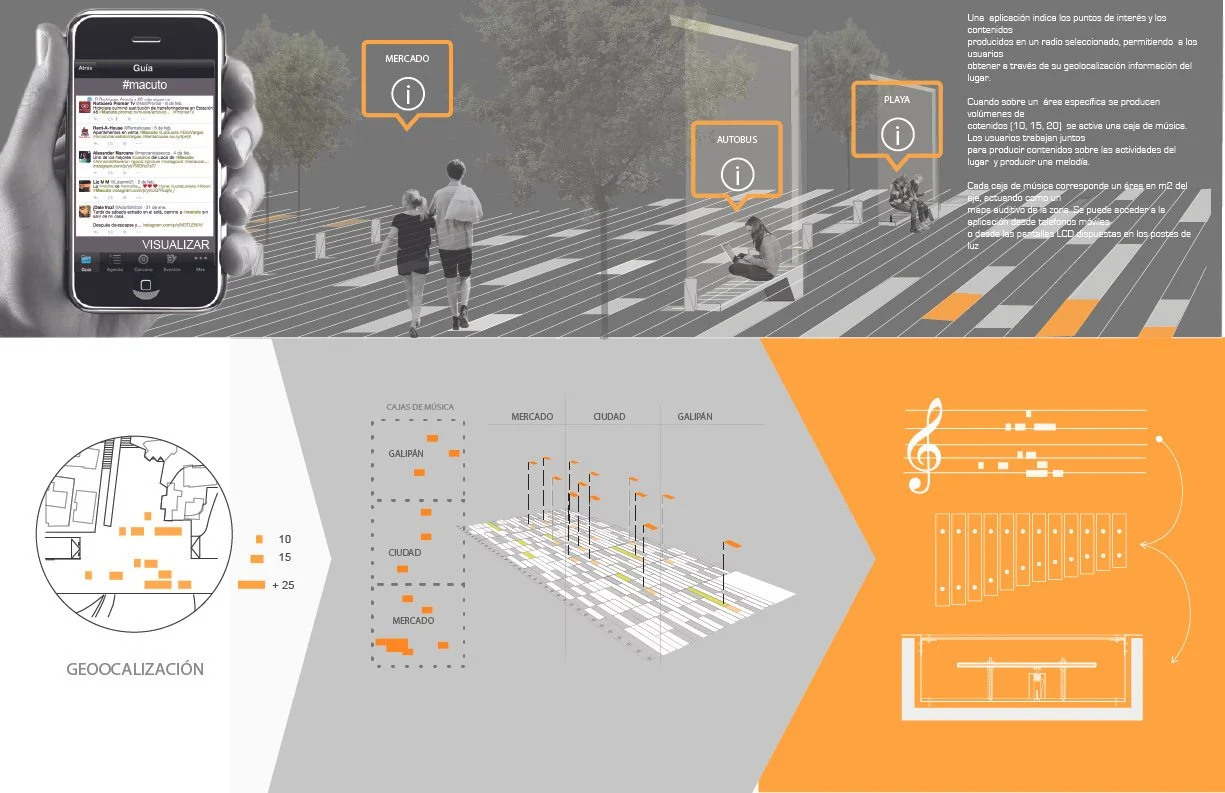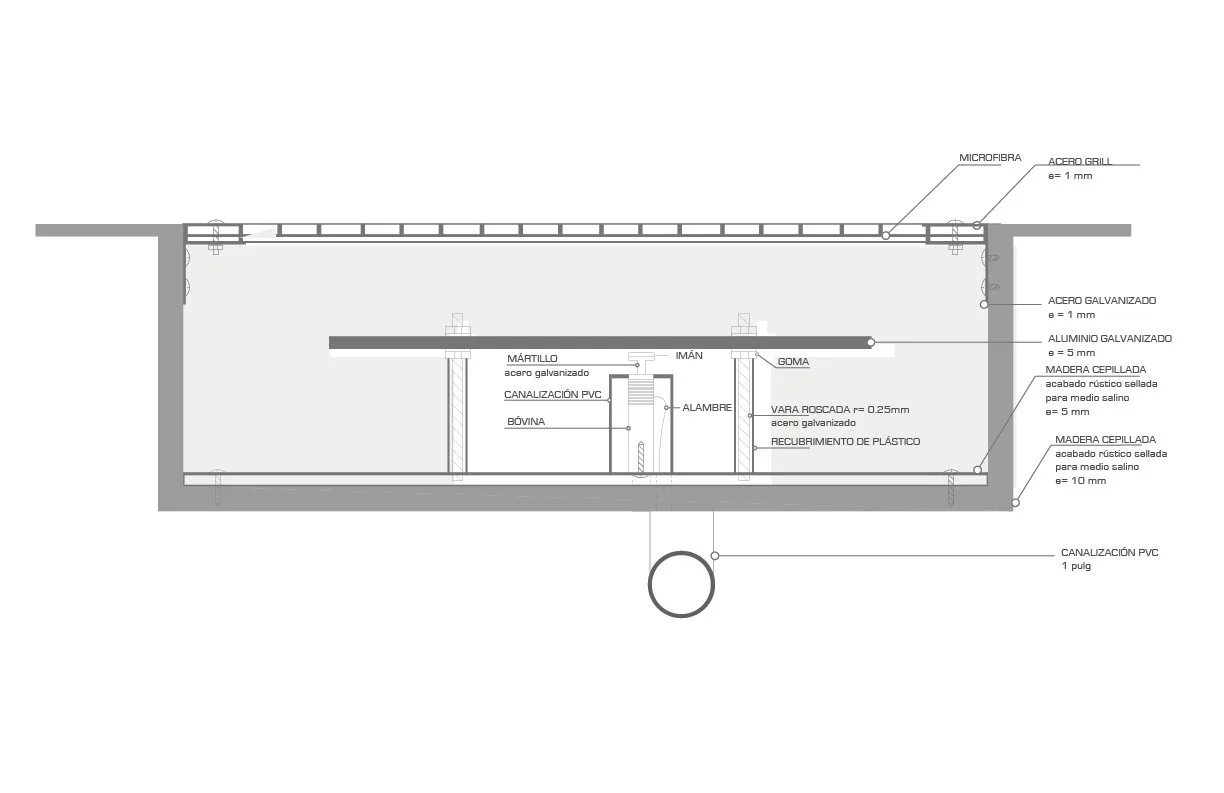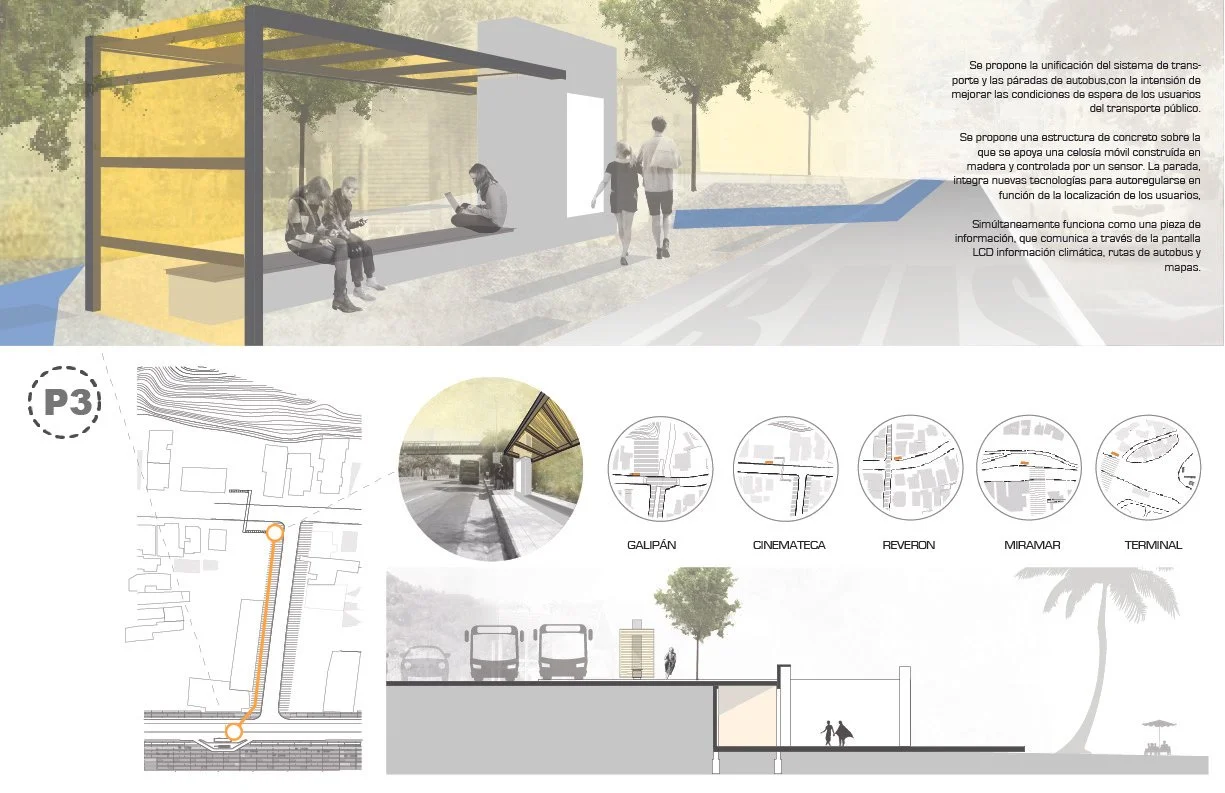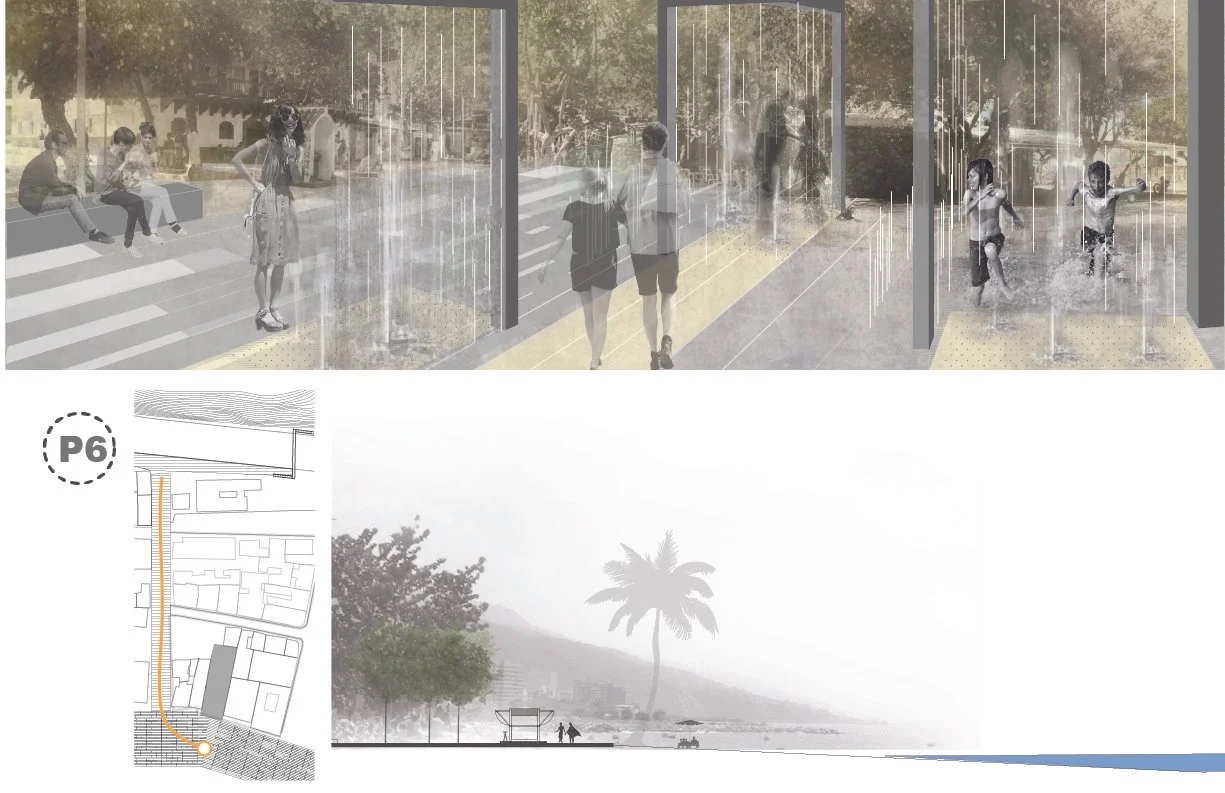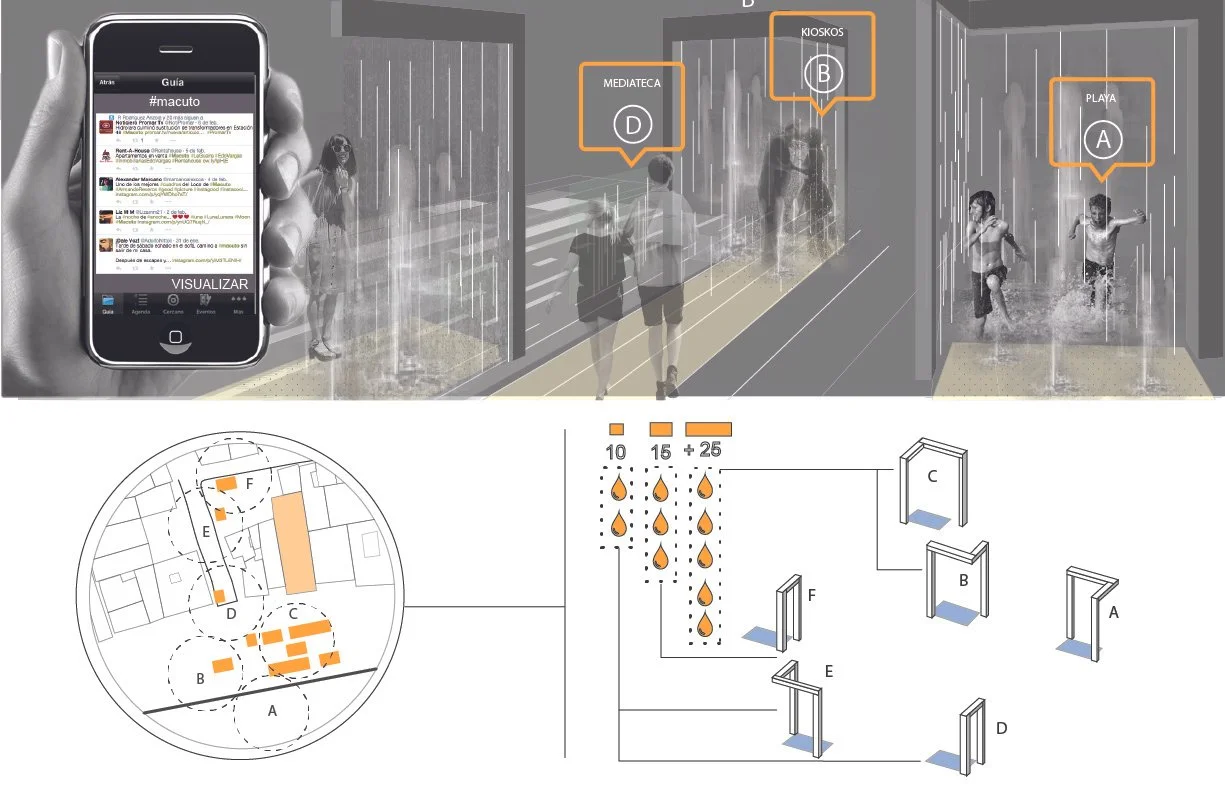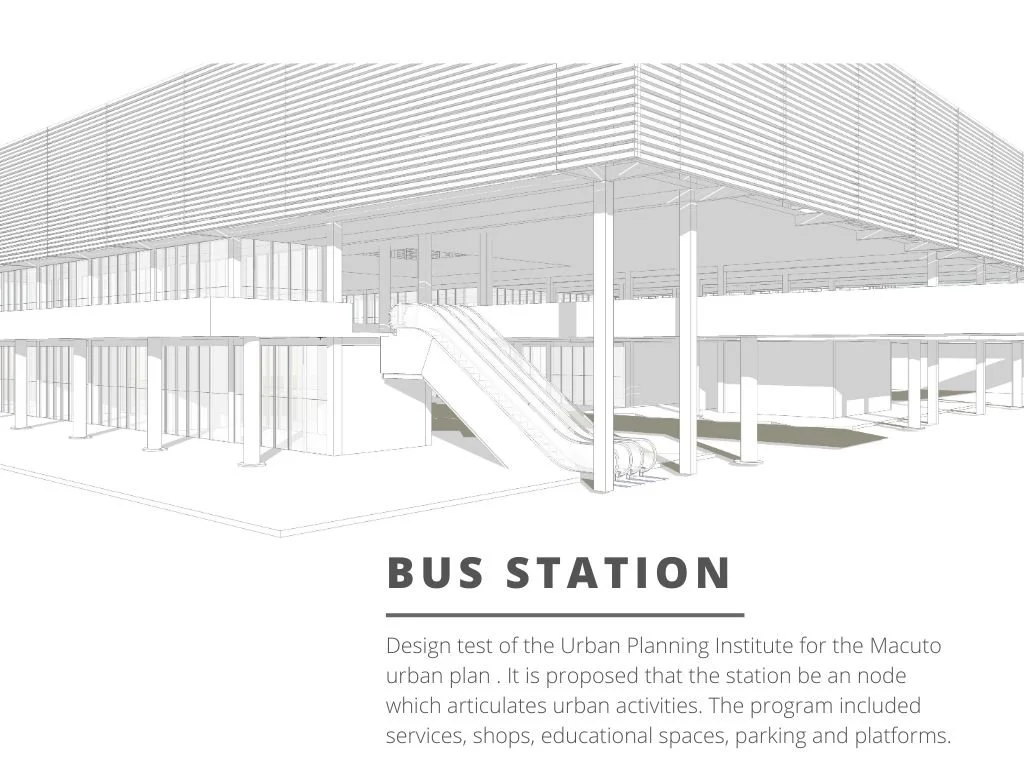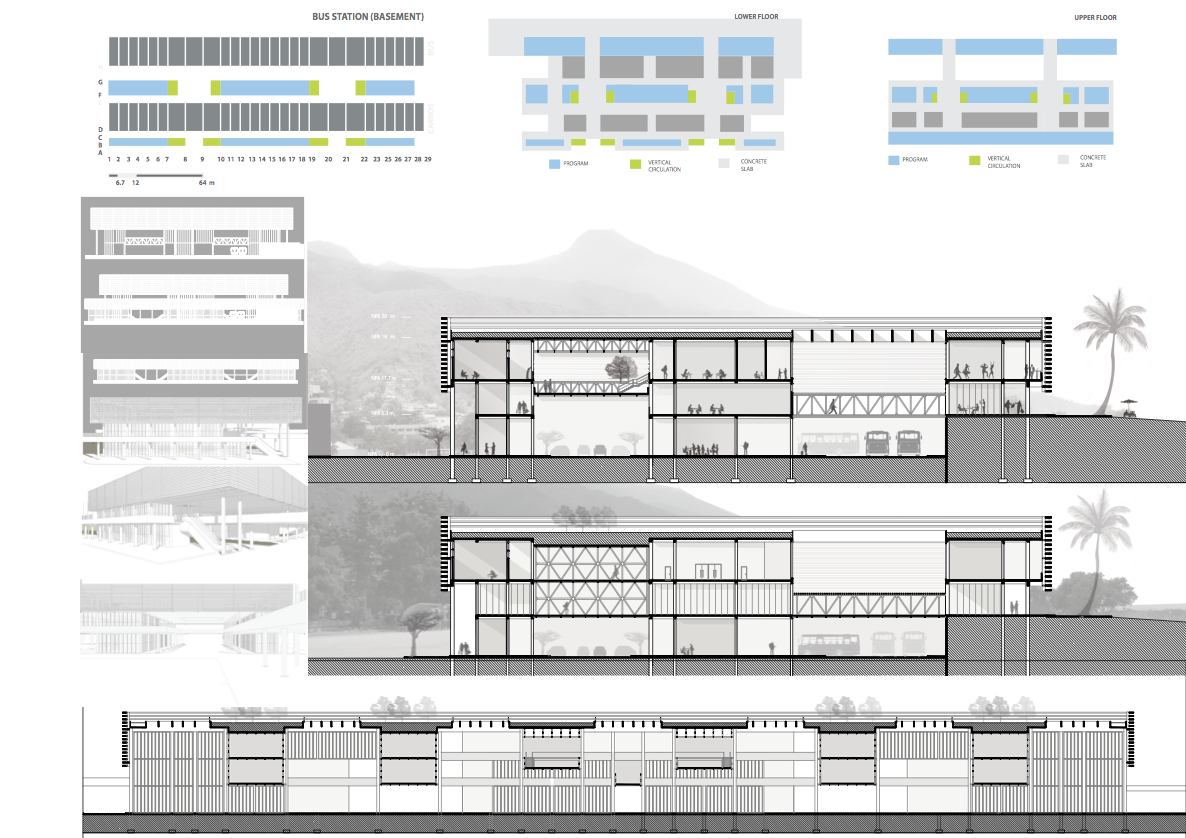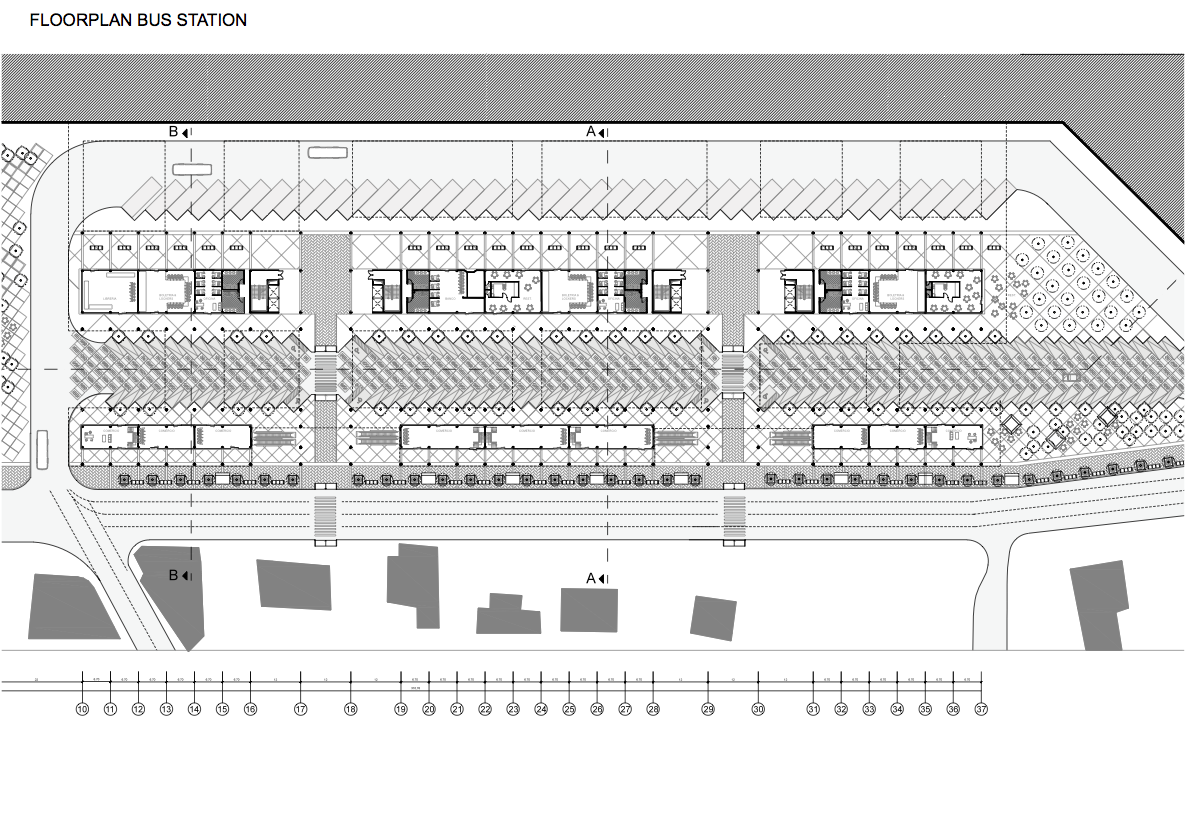Architecture degree thesis: 2015
MACUTO URBAN PLAN
In this research, I explore the intersection of technology and design, thinking about architecture not merely as physical structures but as dynamic entities influenced by media and representation. Drawing upon Beatriz Colomina’s insights, I view modern architecture as a product of its interaction with media, where traditional spatial boundaries are extended to encompass images and representations.
Reflecting on the predominant experience of architecture through magazines, books, and internet portals, a significant shift becomes evident: from physical interaction to a predominantly digital architecture experience. This transformation, exemplified in Colomina’s comparison between Pierre Koenig’s abstract drawings of the Stahl house and Julius Shulman's photographs, highlights the evolution in architectural perception. Koenig's drawings depict the house as an isolated object, whereas Shulman’s photographs create an immersive experience, complete with human elements, thus transforming architecture into a consumable scenography.
Introducing new technologies such as renders, 3D modeling, and VR has further revolutionized architectural representation, enhancing interactivity and accessibility. While these tools democratize the design process and promise increased participation in public space design, they also bring challenges such as data protection, surveillance, and algorithmic bias. This leads me to question how these technologies should be utilized in urban design. Should they inform research, contribute to the flexibility of structures, or influence the formal expressions of built forms?
To address these multifaceted questions, my focus narrows to the impact of social media on urban spaces. I envision each piece of georeferenced content on social networks as a point in a dynamic topological space defined by continuous transformation and interaction, impacting our perception of physical spaces. This concept of topological space creates a mirror of physical locations, revealing new public space dimensions shaped by social media interactions.
My exploration bifurcates into two avenues: one focuses on the research necessary for urban master planning and the other on creating interactive installations. Both perspectives view architecture through the lens of digital media and emerging technologies, anticipating a future where architecture is adaptable and continuously evolving. This approach seeks to rethink traditional architectural paradigms and explore possibilities for architecture as a dynamic, interactive process that responds to societal shifts and technological progress. It aims to open new paths for creative and innovative spatial solutions, effectively merging the historical architectural form with technology.
I define Architecture as the active exchange between technologies that generate new forms of collaboration, which occur within the processes of consumption and representation.
A collaborative technology-mediated process occurs on social networks, where georeferenced content is produced. Each content is a point in space, thereby generating a topological space.
Within this topological space, surfaces are generated that evidence the dynamics of the users who produce them and define a mirror place of a physical place.
